Species you can see in Galapagos :
You can never see all species of the Galapagos unless you do a 15-day tour visiting all the possible islands: some animals live on some islands, sometimes in just 1 part of 1 island.
Sea lions, frigate birds, blue-footed boobies, Nazca boobies, swallow-tailed gulls, tropical birds, marine iguanas, sharks, rays, penguins, giant tortoises, turtles, Darwin finches, mockingbirds, lava lizards, albatrosses, red-footed boobies, flightless cormorants, pink iguanas (nobody can see this one as it is ultra-protected and living in a part of the islands totally closed to tourism): if you are interested in spotting one of those, let us know so we can complete the tour with a cruise.
Climate:
The Galapagos can be visited all year round. There are two seasons:
- The Garua season goes from mid-June to mid-October (more or less): the cold current of Humboldt enters the island so the water is colder (around 20 degrees Celsius; a wetsuit is needed), cloudy days and a small drizzle. This actually makes the climate fresher so don’t expect all sunny days, but a cooler weather for the hiking, no need of A/C or fan during the night, and almost no mosquitoes. The colder water brings more plankton and more wildlife; this is the best time of the year to spot whales during the boat transports.
- The warm season is from November to mid-May: days can be really hot (more than 30 degrees), and the water is warm due to Panama’s current entering the island’s marine reserve. No need for a wetsuit, sunny days! If you need to warm up from the winter back home, this is the good season! Expect heavy tropical rains that can last 1 to 3 hours (really, we do not have that many days with rain all day long; it can happen but not on all islands at the same time). Due to the rains, all the islands are greener. In between these two seasons would be the transition time where you can have a bit of both seasons!
Electricity
Ecuador’s electrical current is 110 volts 60 cycles.
Currency
US$ Dollars is the currency used in Ecuador and the Galapagos.
Baggage Restrictions
The airlines that service Galapagos have a weight limit of 20 or 23 kilos depending on the airline – please check your tickets for further information.
Please note:
Your luggage and/or carry-on will be subject to inspection by SESA (the Ecuadorian System for Agricultural Sanitation) in an effort to prevent the introduction of foreign plants and animals to the Galapagos Islands. These inspections take place before your flight to the Galapagos and upon your arrival to the Islands, as well as during travel between islands. For more information about permitted and restricted products, please visit the INGALA website.
Guidelines for eco-friendly packing
What we take with us when we travel is often an overlooked aspect of our trip planning, but it is equally important– and often says a lot about the sort of people we really are. Proper planning and packing offer an opportunity to make a difference in terms of the impact of your journey. Wise decisions about what ends up in your luggage can pay environmental dividends both while you are away but also at home. Of course, much of what you pack depends on the nature of the trip, the destination and when you go, but even so, there are a few general guidelines for eco-friendly packing that are useful for any trip:
Travel light
The heavier your bags, the more fuel motorized transport (i.e. car, bus, or plane) has to expend to get you to your destination—so try traveling light. Excess packaging and disposable goods are high on the list of things to avoid. In many areas of mainland Ecuador and the Galápagos, waste disposal presents major practical and economic difficulties – and there is little point in contributing to the problem. Remove all excess packaging before setting off for the more remote areas of the world – and recycle whatever you can of these materials while at home.
Staying fresh and clean
When it comes to personal hygiene – particularly if you plan to venture “off the beaten path” to more remote areas– bear in mind that the water you will be washing in may run directly back into the marine ecosystem or maybe someone else’s drinking water. Avoid using conventional soaps, shampoos, or detergents. There are a number of biodegradable (eco-friendly) cleaning agents and soaps available from shops and online retailers that can help overcome this problem. (For example, in the United States many camping and outdoor adventure supply stores such as EMS and REI sell biodegradable soaps and detergents. Other brands that offer biodegradable products are Kiss My Face, Dr. Bronners Magic Soap, and Whole Foods, just to name a few).
Practice your “Eco-Logic”
There are many practical ways to make a difference on a daily basis. For example:
- Ask for glass cups and dinnerware instead of plastic when in a restaurant.
- Opt for drinks in glass bottles, as these tend to be re-used, and do not require the use of a straw.
- Take time to sit and enjoy a meal. Avoid fast food or takeout, and thus the disposable dinnerware/utensils that accompany it.
- Bring your own reusable shopping bag whenever you need to make purchases.
- Batteries are often one of the most damaging products that are left behind—if you take them into Galápagos, please also take them out.
- Be sensitive to limited resources like water, fuel, and electricity.
Galápagos recommended packing list:
- Health and travel insurance policies
- Photocopies of all documentation/tickets/passport
- Ziploc bags or dry bags to keep what you need dry (books, maps, documents, film)
- Pack towel (fast drying, ultra lite)
- Toiletries** include strong sunscreen (high SPF, waterproof), biodegradable soap, shampoo, and toothpaste.
- Feminine hygiene (tampons are especially difficult to find)
- A full prescription of a doctor-prescribed antibiotic or any other medication you are currently taking.
- Flashlight or headlamp
- Rechargeable batteries
- Camera and memory card (electronics are very expensive in Ecuador)
- Underwater camera for the snorkeling
- Swiss army knife or similar multi-tool with scissors/knife
- Small binoculars
- Travel alarm clock
- Basic First Aid kit (for minor cuts, blisters, insect bites, muscle/headaches, diarrhea, motion sickness, etc.)
- Insect repellent (avoid repellents with strong concentrations of DEET)
- A small backpack and money belt/pouch
- Large garbage bags (to be used as a pack liner or cover)
- Re-usable water bottles (such as NALGENE)
- A travel lock
- Sun hat
- Light rain jacket or rain poncho
- Lightweight, fast-drying clothing
- Swimsuit
- Sandals
- Sneakers or hiking boots (for dry landings and rocky shores and the hiking to Sierra Negra)
- Teva-style sandals (for wet landings and around town)
- Sunglasses (with strap is best)
And so on …
Enjoy your island tour on the Galapagos islands!


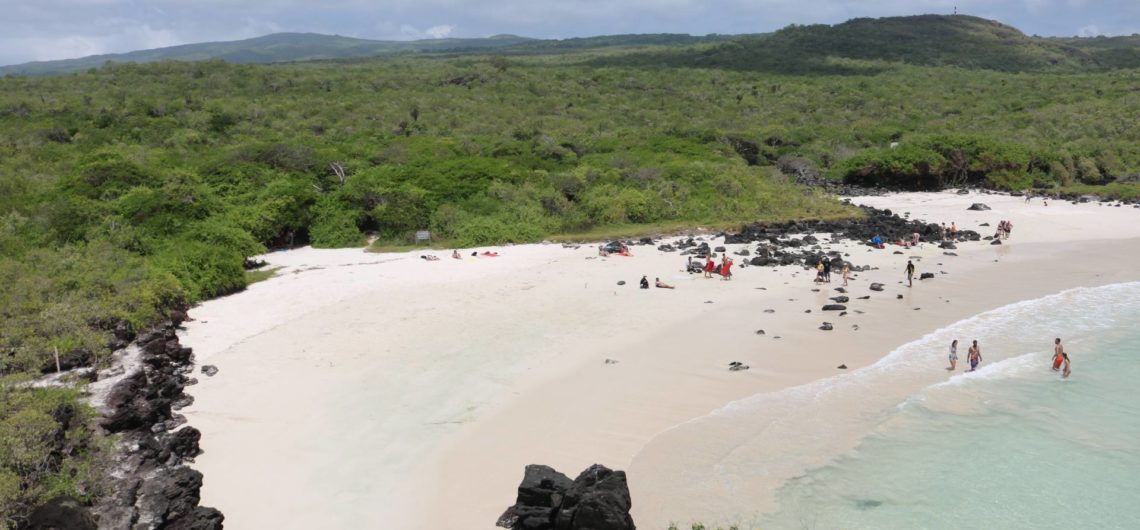


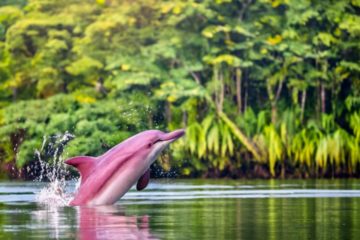
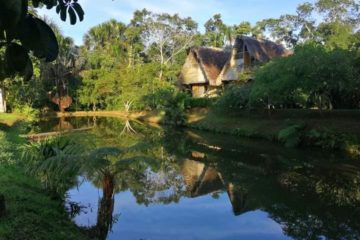

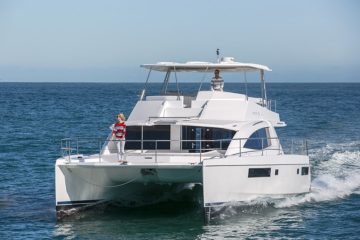
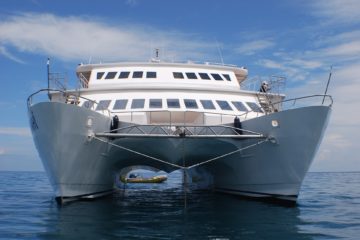
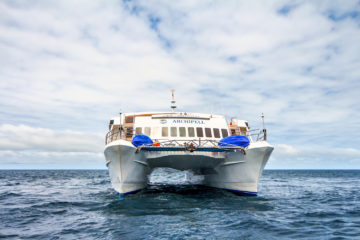
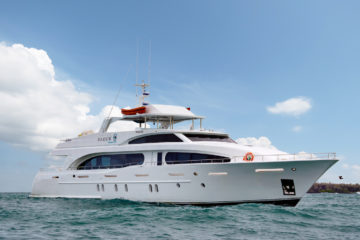
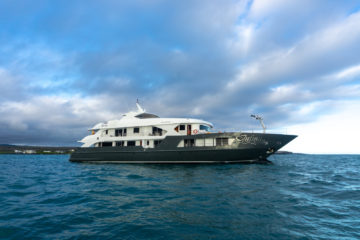
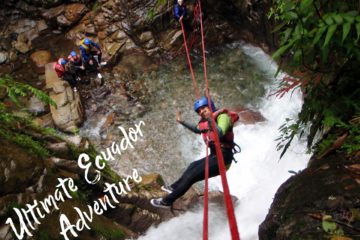
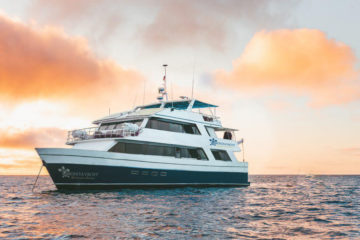
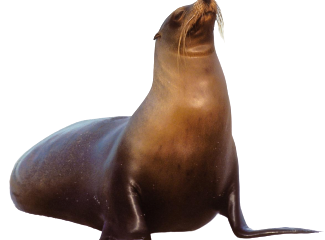
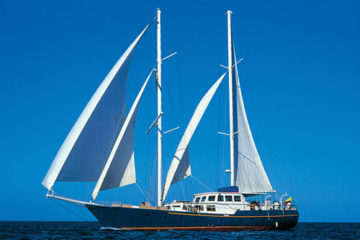
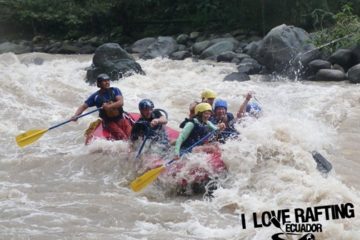
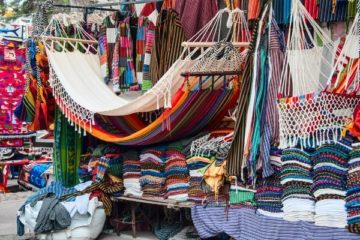
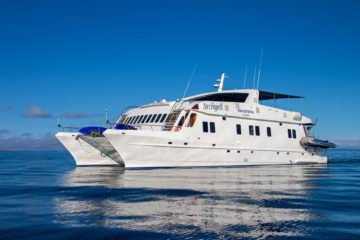
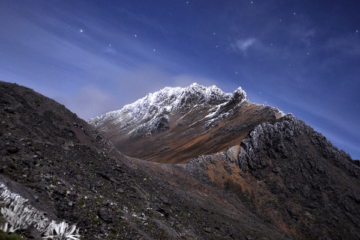
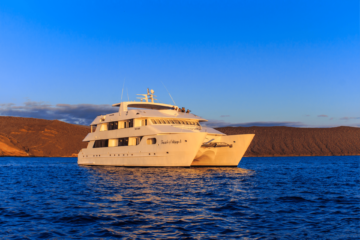
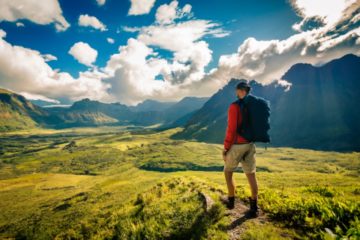
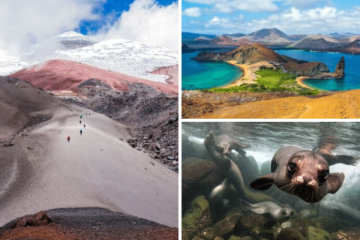
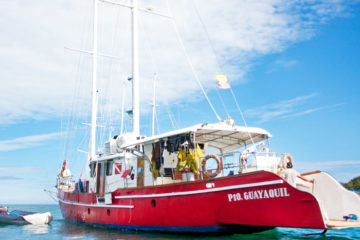
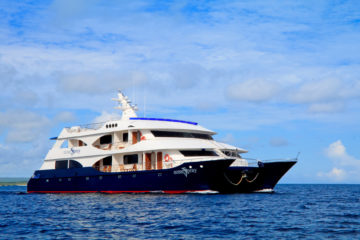
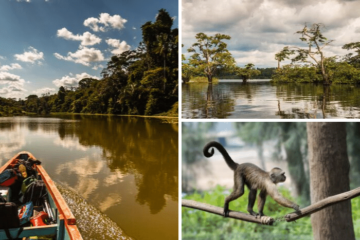
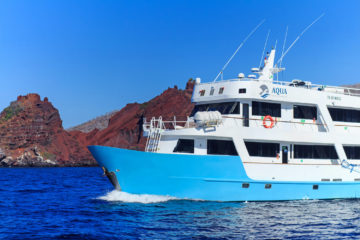
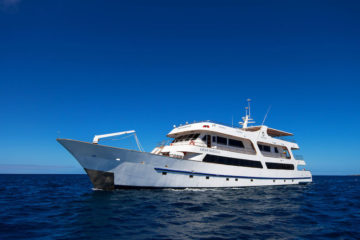


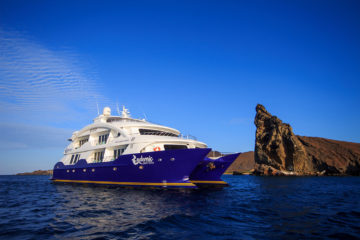
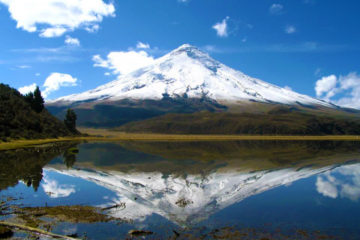
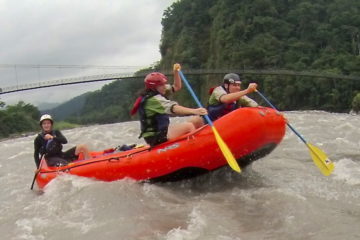
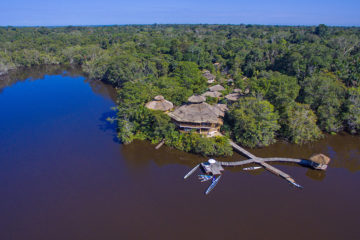
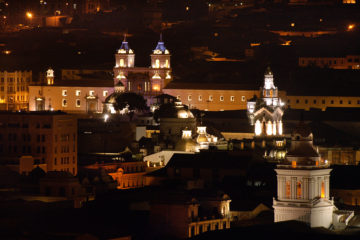
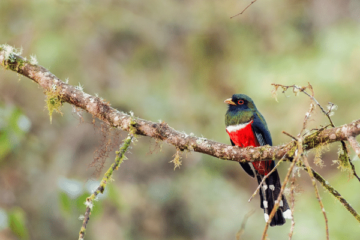
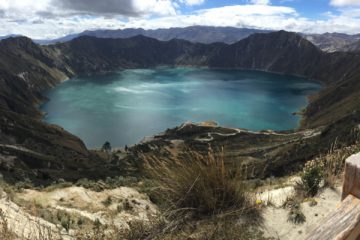

Comments